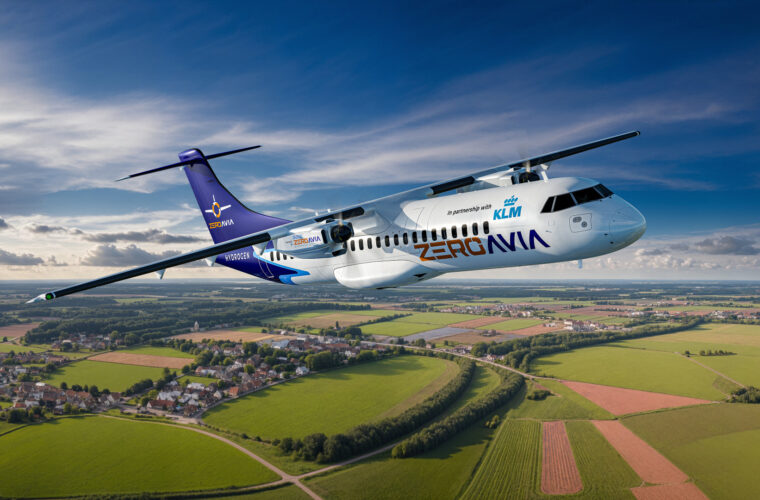Air transport continues to grow, but the other side of the coin is that the pollution generated by commercial aviation continues to place an increasing burden on the environment. According to various studies, aviation is currently responsible for 2,5% of carbon emissions on a global scale. To reverse this trend, the solution is to find viable alternatives to paraffin, and one of the options companies are investing in is hydrogen. There are many reasons for this, including the fact that it is the most abundant chemical element in the universe. An important starting point in the search for a zero-emission fuel, but there is more to it than that. When burned, hydrogen produces water vapour, eliminating carbon dioxide and other greenhouse gases.
For these reasons, several aviation companies are developing and testing hydrogen propulsion technology to mark an evolution in the industry. The success of a test flight of a converted turboprop engine running on hydrogen has paved the way. However, the transition involves overcoming several obstacles, from production infrastructure to refuelling at airports, not forgetting the safety factor, as hydrogen has a high energy potential and reactivity.
Sky Magnetar
One of the most recent projects is Sky Magnetar. This hydrogen-powered aircraft concept traces the shape of the Concorde, the French-English carrier put out of service in 2000 due to unsustainable maintenance costs, high fuel consumption and problems caused by the noise generated by supersonic speed. The aircraft outlined by Spanish designer Oscar Vinals, however, promises to reach Mach 6 speed (equivalent to just over 6,800 km/h), three times the record speed achieved by Concorde. Like the latter, Sky Magnetar involves lowering the characteristic beak during take-off and landing to return to its standard conformation during flight. The manoeuvre would take 90 minutes to complete, halving the time compared to its predecessor to fly from Paris to New York.
It is a dream come true because the aircraft of the future that goes from jet to rocket would use a propulsion system combining a bladeless jet engine with six turbines and a rocket propeller. The former is used in subsonic regime, the latter when exceeding the wall of sound. The aircraft would be powered by hydrogen, although due to the speed it would reach and the friction with the air, the aircraft would generate a heat wave that would be difficult for humans to withstand.
This means that an active cooling system would have to be provided in what would become a kind of space capsule. Aimed at integrating all the latest innovations, Sky Magnetar would replace the windows with portholes positioned in the upper part of the fuselage with virtual windows that would allow passengers to admire the outside panorama in real-time. Inevitably, AI would accompany the pilots at the helm.
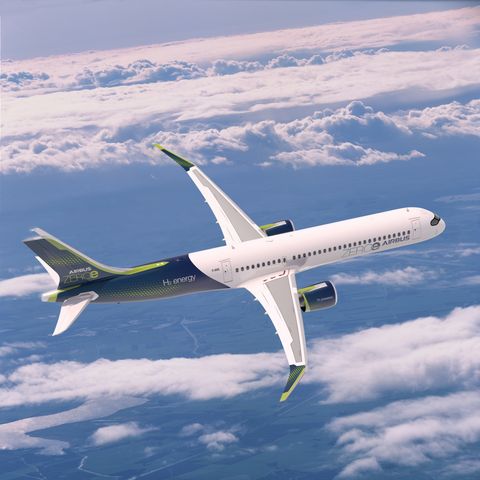
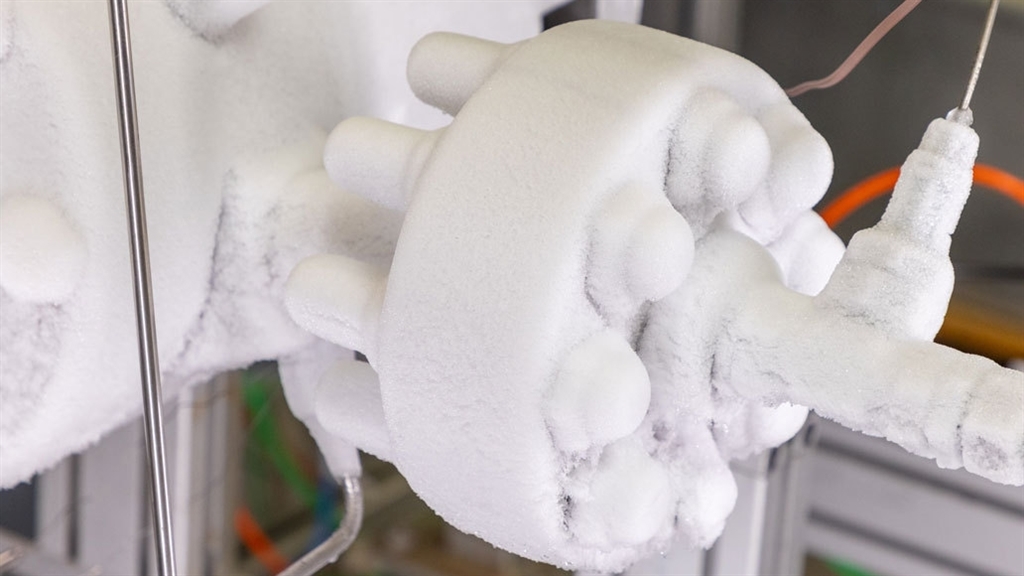
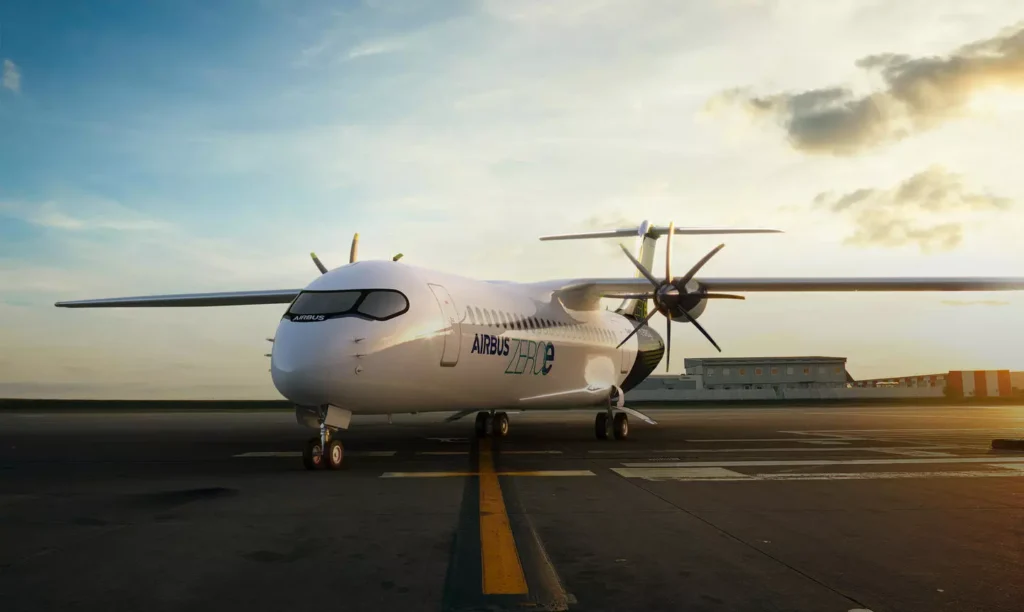
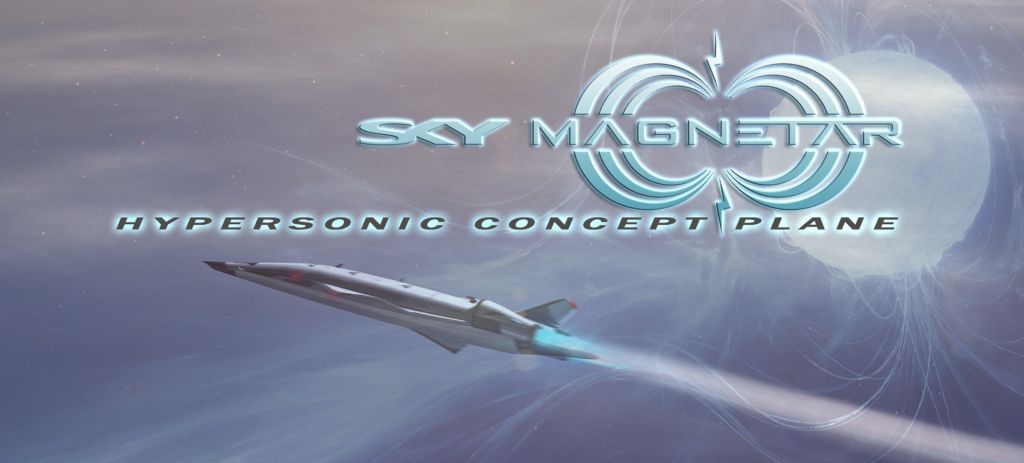
Airbus
The giants of the sector certainly do not stand idly by; instead, they are the ones who want to write about the future. An example is Airbus, which aims to launch the first hydrogen-powered airliner by 2035. The plan passes through the ZEROe project, which examines a range of technologies to prepare the ecosystem capable of producing and supplying hydrogen. The idea is to exploit hydrogen combustion propulsion, with hydrogen in its liquid state being stored in high-pressure, low-temperature tanks on the aircraft. When it is needed to power the engine, the hydrogen is heated and converted into gas, then injected into the engines, where it combines with oxygen in the air. This combustion reaction produces a large amount of energy, which is used to generate thrust through the engine’s turbines.
To develop hydrogen-powered airliners, Airbus created a joint venture with automotive supplier ElringKlinger AG, Airbus Aerostack, to develop hydrogen fuel cells at the heart of an electric propulsion system. For Airbus, hydrogen infrastructure development at airports is a prerequisite to supporting large-scale adoption and expansion, so it collaborates with hydrogen producers and distributors worldwide, as well as airports and airlines. The ambition is to create a suitable ecosystem to build hydrogen-powered aircraft within the next decade.
Rolls Royce
The British company, now owned by BMW, has signed an agreement with EasyJet to adapt commercial jet engines with hydrogen. With a view to decarbonising air transport, the results obtained during test flights should be noted, particularly in the test completed by converting a Rolls Royce engine for regional aircraft using hydrogen. The long-term goal is to integrate a hydrogen engine into an EasyJet aircraft, then optimise performance and collect data to facilitate commercialisation by 2030.

